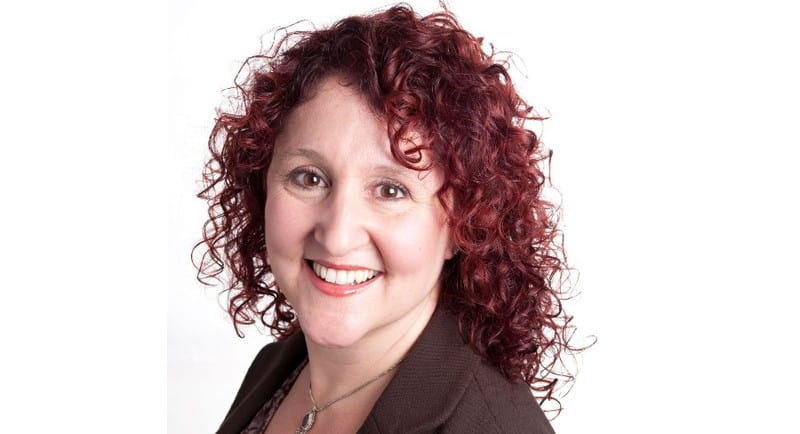The OUCH! Factor Survey examined the hidden cost of pitching by Australian agencies in 2021.
It found that the average agency spent an equivalent of $1 million on non-billed pitch hours in 2021 and won just over $3 million in new revenue.
The 2022 OUCH! Factor Survey, now in its second year, questioned 94 CEOs, MDs and leaders from creative, media, digital, PR and integrated agencies, and 14 CMOs and procurement leads, asking them to share their 2021 pitch year.
The data examined the difference between independent agencies and holding companies, agency size and agency discipline (creative, media, PR, digital/tech, full-service and consultancy).
The survey this year was backed by the following industry associations, which invited their members to participate: Advertising Council Australia (ACA), Australian Association of National Advertisers (AANA), Media Federation of Australia (MFA), Independent Media Agencies of Australia (IMAA) and the Public Relations Institute of Australia (PRIA).
According to survey, the average Australian agency pitched 19 times and won 9 pitches, spent 231 hours on each pitch, and a cumulative 4,314 hours a year pitching.
This meant agencies invested the equivalent of $115,000 in unbilled pitch-hours before winning a single pitch.
An agency had to invest the equivalent of $115,000 in unbilled pitch hours before winning a single pitch.
The 2021 average pitch-win value of $350,000 in dropped significantly by 34% from the $530,000 of 2020.
The data found that it took an average of 24 months for an agency to reach profitability on clients won in a pitch, which was longer than the 14 months noted in the 2020 results.
The 177,000 total unbilled pitch-hours by all the survey respondents cost them $41 million in non-billed hours. Meanwhile, the total costs equalled $3 million for a total pitching cost of $44 million.
The pitch-win rate in 2021 of 50.3%, which was higher than the 2020’s 48%. While the pitch-revenue win-rate of 45.9%, compared to 2020’s 47.6%.
The results found that 29% of pitches had a potential value of less than $100,000, while 46% were worth between $100,000 and $500,000. According to the analysis, this indicated 75% of pitches were likely projects and would not last the two years needed to achieve profitability.
To add, agencies had an average of 17% Earnings Before Interest, Taxes, Depreciation, and Amortization (EBITDA), and would need to make $5.8 million in annual revenue to recoup all the non-billed pitching time.
Julia Vargiu, director Australia, SI Partners and founder & managing director of New Business Methodology, said: “Instead of improving, the hidden cost of pitching in Australia is getting worse. Agencies must work smarter, not harder.
“They can stop relying on pitching like an agency and start winning business like a ‘creative management consultancy’ – starting with flipping the pitch. By ‘flip the pitch’, we mean start with the financial negotiations with potential clients first.
“Agree on revenue terms and if you can’t, say ‘no’ to the pitch. Only proceed if the numbers add up, and the account can be a long-term profitable client for the agency.
Agencies rarely calculate the revenue needed to recover their annual non-billed pitch efforts, often ignoring that their wins must also pay for the time they spent losing.”
“We advise agencies not to pitch for small projects, for the same reason: they’ll rarely become profitable. The best agencies in the market have stringent pitch criteria, vetting pitches to ensure they achieve at 70 per cent+ win rate. They value their pitch-revenue win-rate over their pitch win-rate and focus on high-value/high-margin work rather than high-volume/low-margin work.
“This is an industry where 25 per cent margins are achievable, but not when you’re spending hundreds of thousands of hours losing or pitching for free. Most clients dread hearing their agency doesn’t make a profit on the first year they work together. And the savvy agency CEOs know there are much smarter ways to build team camaraderie or train their staff than with risky pitching,” Vargiu concluded.
See also: OUCH! Factor Survey to examine hidden cost of pitching
–
Top image: Julia Vargiu
